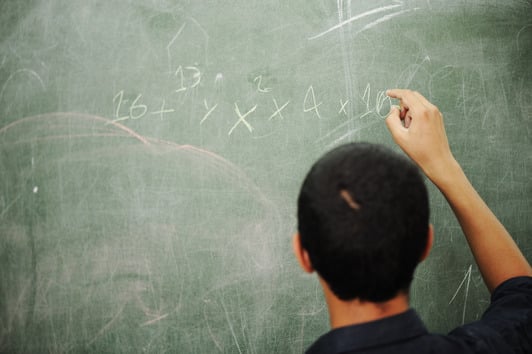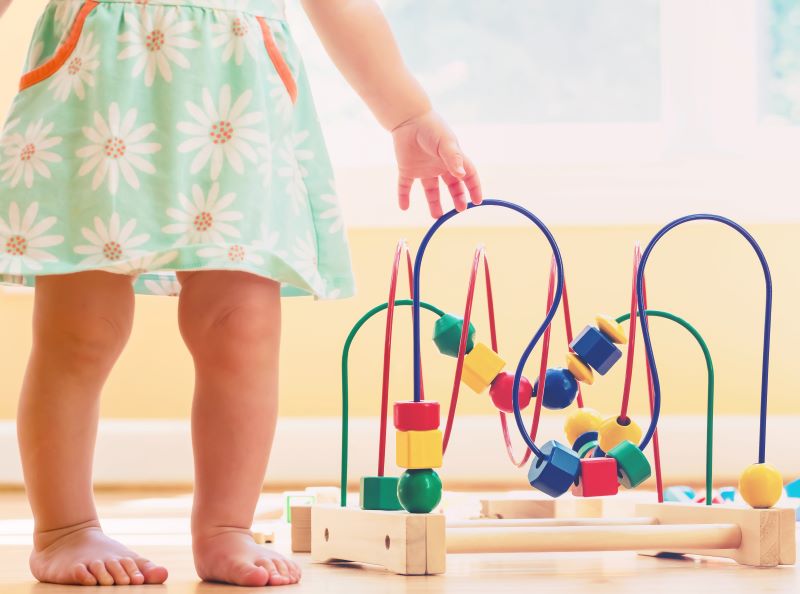Every parent beams with pride when their child learns how to recite the alphabet, but a skill that is much more meaningful to your child’s literacy development is actually understanding the sounds that different letters and letter combinations make, otherwise known as phonics.
Common Mistakes
When teaching children phonics, it’s important to teach them the sounds that letters and letter combinations actually make, which is hard because often adults don’t actually know what those sounds are. Here are some letter pronunciations with the sounds they actually make followed by the sound adults often mistakenly give them when teaching children:
 V: “vvvv” not “vee”
V: “vvvv” not “vee”
W: “www” not “wuh”
M: "mmm" not "mah"
Y” “ee” (this one is tricky since it functions multiple ways, but start with the “ee” sound)
U: “uh” not “you”
As we teach kids how to make letter sounds, it’s common for them to add vowels after consonants while they try to process and decode the language. For example, instead of saying the correct sound for B (which sounds like buh), kids might say “bu” “be” “ba” or “bo.”
Letter combinations are also tricky as your child progresses in their phonics knowledge because the letters now make different sounds than they did when they were alone. Some of the combinations children often have the most trouble pronouncing include “th” “ch” and “sh.” When teaching your child these sounds, remember that these combinations of letters can make various sounds depending on the word. Consider the different sounds “ch” makes in the words "chain" and "character"--two very different sounds.
How to Fix the Mistakes
One of the best ways to fix these common pronunciation problems with children is to model, model, model! Kids learn through everyday experiences, so while flashcards and workbooks can be helpful, modeling and teaching correct speech in a variety of contexts is often more beneficial.
Some other ways you can teach your child phonics is by helping them understand some basic concepts such as short and long vowel sounds and soft and hard consonant sounds. When teaching your child these concepts, it’s important to go slowly and teach one sound at a time, otherwise you risk going beyond what your child is capable of and making her frustrated.
Maybe you start with the long “A” sound. Practice saying the long “A” sound and walk around the house with your child finding objects that have the long “A” sound in their name. You can make this fun by making it a race, challenging your child to find a certain number of objects, or making a game to see who can find more objects. After you gather objects, you can spell them out on paper or with magnetic letters. Once your child has a good grasp on one sound, you can repeat these activities with other vowel and consonant sounds.
How to Get Help
Is this all way too overwhelming? Some of this is even confusing for adults to understand, so how are you going to teach this to your kids? Unless you’ve been trained to teach children, it’s stressful and unrealistic to put the pressure of teaching your child phonics solely on yourself.
We can make parenting a little easier by giving your child the skills and foundational knowledge she needs to become a proficient reader. Reading Genie has programs for toddlers through seventh graders, so no matter where your child is at in her language development, we have programs and teachers ready to help.
Sourced through:





